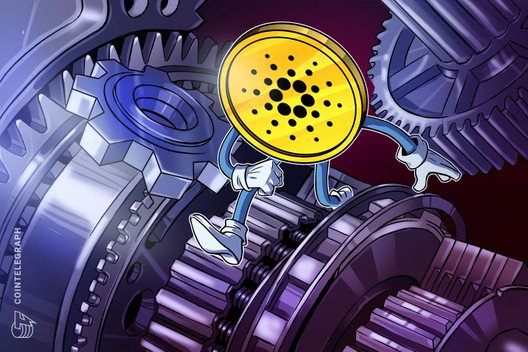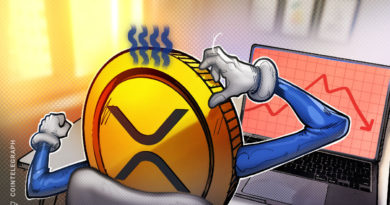Cardano is Working on a Microchip That Would Give Crypto a Cash-like Experience
Cardano is working on a crypto-native microchip that would enable crypto transitions without the internet access, potentially delivering fiat-like experience to the hundreds of millions around the world.
In a recent Cointelegraph interview, Charles Hoskinson elaborated on the crypto-native chip that IOHK is working at its blockchain lab at the University of Wyoming that may lead to many groundbreaking use cases, including a cash-like experience for cryptocurrency.
Crypto-native microchip
It all began when IOHK, the company charged with the development of Cardano (ADA), began exploring supply chain use cases and realized that there were no chips on the market that could satisfy its requirements — embeddability, ability to store cryptographic keys, and being inexpensive to produce:
“Really what we noticed is that there’s unfortunately no market standard right now for open-source trusted hardware that’s sufficiently powerful that it could be used with cryptocurrency, but also could be used in the supply chain.”
Hoskinson stressed that all the work being done on the chip will remain open source and will not only benefit Cardano alone, but rather the entire crypto community.
When Lambo on chain?
The chip could be used in a variety of supply chain use cases, including the authentication and management of luxury goods. For instance, it could be used to determine authenticity of Louis Vuitton handbags or for managing access to limited edition Lamborghini purchases:
“And the only people who are allowed to buy those [limited edition models] are verified Lamborghini customers. And so you see a lot of these things. And so what ends up happening is people who are a verified customer, there’s a lottery system and if they win, they have the right to buy it. But almost always they actually sell that right to somebody else and they make a profit. So it’s like free money that Lamborghini gives their customers.”
From crypto to physical cash
However, not all of the use cases for the chip involve prohibitively expensive items. Many involve agriculture and the developing world. One of the most far reaching projects would involve, at first glance, a counterintuitive transformation — from virtual currency to physical currency:
“You know, the whole point of Bitcoin was to go from cash to something that’s like cash online. But what if you want to go in the opposite direction? What if you wanted to go from a native cryptocurrency to something that has a cache like user experience? It’s very difficult to do without a hardware component.”
Cardano believes that the developing world is one of the key markets for the future success of cryptocurrency. For instance, they discovered that in Africa only 2% percent of the six million farmers own smartphones:
“So when you look at that, you say, well, OK, 98 percent are mostly offline and not banked or digital. So if I was building a money system for them, it would probably be a bad idea to say, ‘oh, you have to use an always online, purely digital currency.’ You need some other thing. And so how do I replicate the cash money experience but still have a blockchain backend? Well, what you do is you create a hierarchy where those two percent basically become like micro banks and then they can manage the issuance of these tokens to people and then their local phones or infrastructure can verify.”
Infinitely scalable crypto
The way this would work is that the private key from one chip would be transferred to another. It would also provide the proof of erasure, making sure that the key only exists on the new device. The chip could be embedded into a phone case and would not require the internet for transferring of cryptographic keys:
“So if you can do that, you can basically just tap phones locally with no Internet connection to each other and move value. Like you would a twenty dollar bill from one actor to another actor, and you’ve replicated the cash experience. Now, what’s nice about the solution is it’s infinitely scalable because these transactions actually don’t occur on the blockchain. So from the blockchain perspective, nothing has happened.”
This is a long-term project that will take years to perfect. One of the concerns for Hoskinson is the shadow of the trade war between the U.S. and China, which could cut into the chip production supply lines. In addition, cryptography is considered to be a weapons system and governments limit its export. Although they may overlook it during the halcyon period, these controls tend to tighten up in times of strife.




